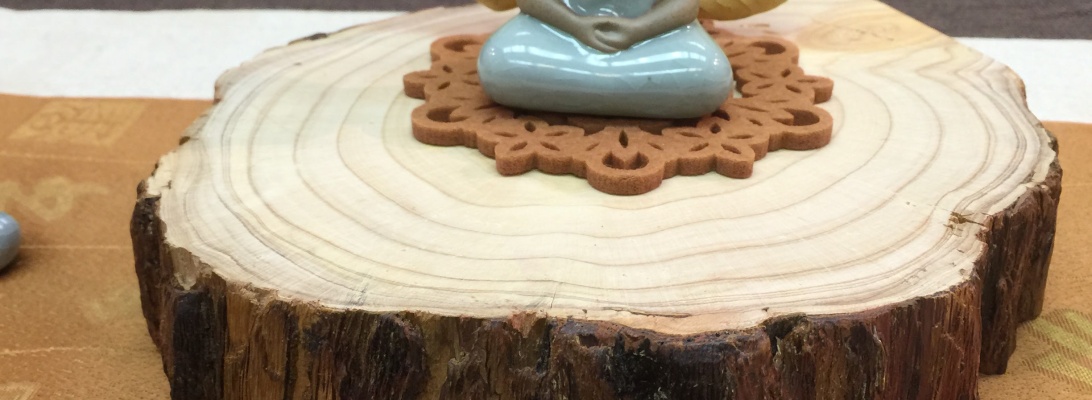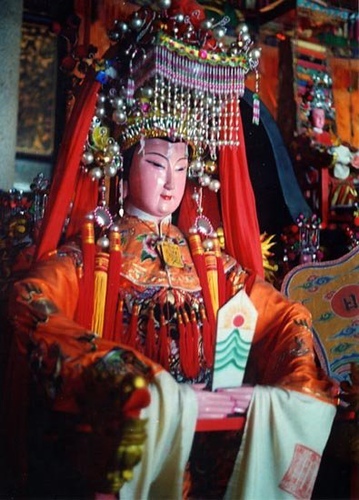 Buddhists around the world come together to celebrate Buddha’s Enlightenment Day, also known as Bodhi Day, commemorating the momentous occasion when Siddhartha Gautama attained awakening and became the Buddha. One of the significant traditions during this celebration is the preparation of Laba porridge, which has deep roots in the events of Buddha’s ascetic journey.
Buddhists around the world come together to celebrate Buddha’s Enlightenment Day, also known as Bodhi Day, commemorating the momentous occasion when Siddhartha Gautama attained awakening and became the Buddha. One of the significant traditions during this celebration is the preparation of Laba porridge, which has deep roots in the events of Buddha’s ascetic journey.
The Origin of Laba Porridge:
The idea of Laba porridge originated from a crucial incident during Buddha’s six years of asceticism. A shepherd girl’s compassionate gesture of offering a bowl of milk to the emaciated Buddha saved his life. This act of kindness allowed Siddhartha Gautama to regain strength, leading him to sit in meditation under the Bodhi Tree, where he ultimately attained enlightenment. To commemorate this event, Buddhist monasteries worldwide prepare special eight-grain porridge, offering it to the Buddhas and Bodhisattvas as a way to form affinities with the ten directions.
The Evolution of Laba Porridge Tradition:
While the exact origins of the Laba porridge tradition in China are not documented, historians believe it began during the Tang Dynasty (618–907). Over the centuries, this practice has evolved into a month-long event, becoming an integral part of the Chinese New Year festival. The free Laba congee offering ritual at Buddhist temples on lunar December 8 has become a warm-up to the grand celebration.
Bodhi Day: The Essence of Enlightenment:
Bodhi Day marks the enlightenment of Siddhartha Gautama, the moment when he awakened to the realities of life after years of spiritual seeking and meditation. The story of Prince Siddhartha’s journey, from a sheltered life to witnessing suffering and ultimately achieving enlightenment, is a central theme of Bodhi Day.
The Four Noble Truths:
Siddhartha Gautama’s enlightenment brought forth the Four Noble Truths, the essence of his realizations. He discovered that suffering arises from our attachment to temporary things in this ever-changing world. By letting go of attachments, one can attain liberation from suffering. This profound insight became the foundation of Buddhist teachings.
Bodhi Day Celebration Worldwide:
Bodhi Day is celebrated on December 8 in Japan, following the Western calendar. However, in other East Asian countries, the celebration varies and typically falls between the winter solstice and the lunar new year. Southeast Asian and Tibetan Buddhists celebrate Buddha’s enlightenment in May and June, respectively.
Traditions and Observances:
The observances of Bodhi Day vary, but common practices include prayers, reading scriptures, and acts of kindness. Some decorate trees with lights or candles symbolizing Buddha’s enlightenment. Families come together for special meals, and individuals engage in acts of generosity (dana) to reflect on the Buddha’s teachings and improve karma.
The Bodhi Tree:
Central to Siddhartha Gautama’s enlightenment is the Bodhi Tree, under which he meditated. This sacred tree has become a symbol in Buddhism, and many Buddhists plant ficus trees to honor its significance. Bodh Gaya, with its Mahabodhi Temple Complex, stands as one of the most sacred pilgrimage sites, preserving the legacy of the Bodhi Tree.
Bodhi Day is a time for Buddhists to reflect on the teachings of Siddhartha Gautama and celebrate the profound wisdom that led to his enlightenment. Laba porridge, with its historical roots, adds a unique flavor to the festivities, connecting practitioners with the compassionate act that played a pivotal role in the Buddha’s journey. As Buddhists come together worldwide to celebrate Bodhi Day, they share in the joy of enlightenment and the timeless teachings that continue to guide their spiritual paths. Continue reading








